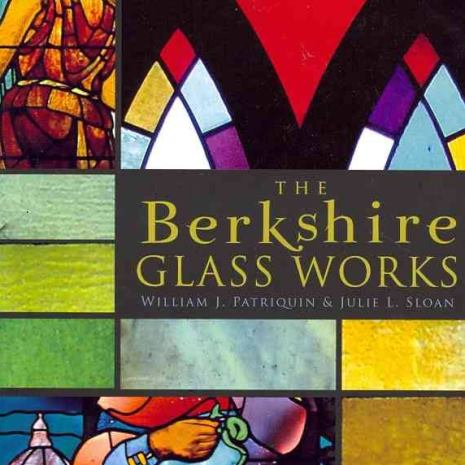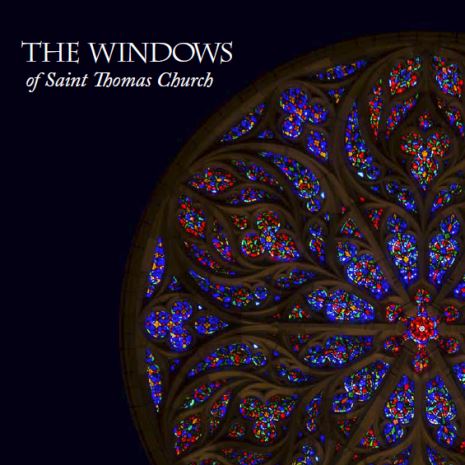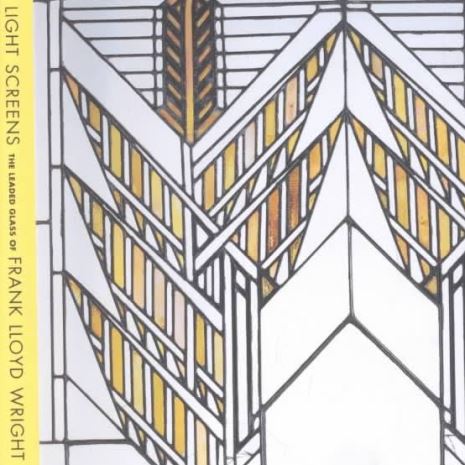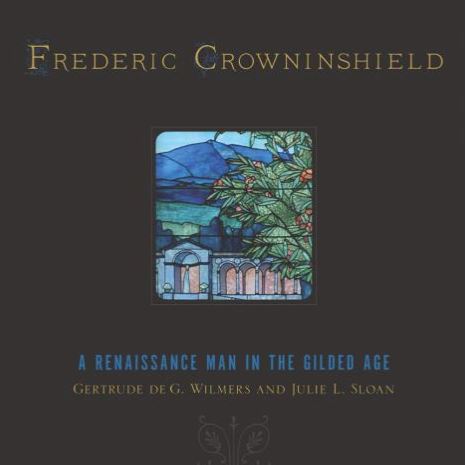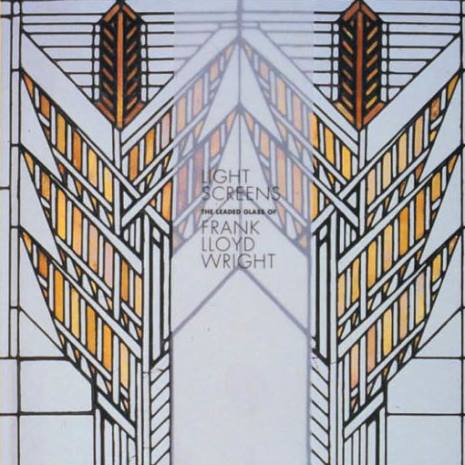Another window into the Wright world of design
By Blair Kamin
Tribune architecture critic
May 27, 2001
NEW YORK -- Frank Lloyd Wright is starting to remind me of the frog from high school biology class. He has been dissected so much--in books, scholarly conferences and TV shows--that it seems there can't be anything fresh left to say about him. But there is, amazingly, and a new exhibition here about Wright's stained-glass windows proves it in meticulous, if somewhat awkward, fashion.
The show, which appears at the American Craft Museum and is headed for a Midwest debut in Michigan in the fall, gathers a dazzling array of 50 Wright windows and sheds new light on the way stained glass formed an integral part of Wright's revolutionary architecture.
The exhibition even makes the case that Wright should be seen as one of America's greatest designers of stained-glass windows, ranking with such giants as Louis Comfort Tiffany.
That may sound farfetched at first, but it becomes more and more believable as you take in such masterworks as an autumnal "sumac window" from Wright's Dana-Thomas House in Springfield or the festive windows from the Avery Coonley Playhouse in Riverside, Ill., where circles and squares of brightly colored glass suggest balloons and confetti.
It's hardly news, of course, that Wright was as creative with glass and metal as he was with brick and mortar. Yet the show breaks new ground by carefully charting the stages of Wright's stained-glass designs and by relating this two-dimensional form of art to the three-dimensional art of architecture.
Even jaded Midwesterners who think they know all there is to know about Wright may want to check out the exhibit when it comes to the Grand Rapids Art Museum in Grand Rapids, Mich., on Oct. 12, the first stop in a five-city national tour.
Titled "Light Screens: The Leaded Glass of Frank Lloyd Wright" and curated by the glass scholar Julie Sloan, the show covers the period of Wright's career between 1885, when he started designing buildings, and 1923, when he stopped using stained glass for reasons that remain uncertain.
Sloan divides the windows into three periods: an early phase, from 1885 to 1899, in which Wright struggled to find his architectural voice; a mature phase, from 1900 to 1910, highlighted by the triumph of the Prairie Style; and a later phase, from 1911 to 1923, in which Wright, influenced by a European sojourn, developed a freely composed, stained-glass style that anticipated the work of such avant-garde artists as Piet Mondrian.
Unfortunately, the message is muddled by the fact that the show appears on two floors, which disrupts its flow, and by a confusing layout, which makes it hard to follow Sloan's chronological sequence. What rescues the show are the windows and the intelligence with which they have been treated.
It would have been easy for Sloan to hang the windows on the walls and let everyone gape at their remarkable beauty. But she has pursued a more thoughtful course, treating the windows not as isolated objects but as parts of a greater whole. Models, photographs and drawings put the windows in an architectural context. So do earth-toned, oak-trimmed walls that recall, perhaps too literally, Wright's Prairie Style homes.
The wall text is refreshingly free of architectural jargon and is leavened by quotations that illuminate Wright's intent for the windows -- and his trademark immodesty. Once, recalling his days as a young architect, he said of conventional windows: "Often I used to gloat over the beautiful buildings I could build if only it were unnecessary to cut holes in them."
Eventually, Wright would find another way with his stained-glass windows, substituting bold, abstract geometry for the illusionistic, pictorial style that was Tiffany's trademark.
To link the inside of the house with the suburban landscape outside it, he used large quantities of clear glass in his window patterns, departing from the tradition of colored glass that dated to medieval times. His name for the windows -- "light screens" -- acknowledged his debt to Japanese shoji screens, which, like Wright's windows, were arranged in continuous, ribbonlike bands.
The Wright Approach
But it took a while for Wright to arrive at this approach, and the show skillfully traces his evolution, beginning in the late 19th Century, when it was commonplace for Queen Anne and Shingle Style houses to incorporate stained-glass windows. At the time, Wright was working for the great Louis Sullivan, whose curvy, botanically inspired ornament is represented in the show by a frosted glass door from the offices of Adler and Sullivan Architects in Chicago.
It was only around 1897, in a window panel designed for the American Luxfer Prism Company, that Wright began to develop the simple, rectilinear style, with pronounced vertical lines and small squares, of his Prairie Style designs. At roughly the same time, earth tones appeared in the skylights of his Oak Park studio.
Wright had found his voice, and in the next 10 years, he would develop an astonishing array of windows, from the simple chevron patterns that reflect the pitched roof of the Harley Bradley House in Kankakee to the sumac windows of the Dana-Thomas House, which, with more than 250 windows, comprises Wright's largest single assortment of stained glass.
Ultimately, Wright would combine casement windows -- which he preferred because the entire window could open -- with stained-glass transoms and skylights. The result: He opened his houses to the sky as well as the landscape.
As Sloan explains in the wall text, the windows were an essential part of the Prairie Style, which sought to eliminate the boxy sense of enclosure of typical American houses. Yet for all that they linked inside and outside, the windows maintained a separation between them, framing views and modulating natural light.
Of course, it was not in Wright's nature to stick with the tried and true, either personally or professionally. When he ran off to Europe in 1909 with Mamah Cheney, the wife of one of his clients, he made himself a social outcast. Yet he also exposed himself to new aesthetic influences, particularly those of European modernism, that would recharge his creative batteries.
Flags and dancing triangles
The results emerged most poetically after Wright's return to America in 1910. In the Coonley Playhouse, designed as a kindergarten classroom, Wright shaped a mural-like series of windows that were inspired, it has been said, by a parade or a man selling balloons. Because these windows are typically shown in isolation, it is a revelation to see a group of them lined up, as they are in the show. Their brilliant primary colors, stylized American flags and asymmetrical geometries make them, as Wright suggested, a "kinder-symphony" at once playful and powerful.
Wright would design further essays in asymmetrical form, like the "dancing triangles" of his Hollyhock House in Los Angeles, which Sloan likens to a pattern of shattered crystals. Yet after 1923, he no longer used stained glass.
Why? Probably because architectural winds were blowing the way of austere, unornamented designs and because new plate glass windows were easier to clean than old-fashioned stained glass.
In addition, as Sloan speculates, there were fewer servants after World War I and modern housewives probably didn't want to spend all day cleaning Wright's nooks and crannies. "Even though the designs were modern," Sloan said, "the concept was Victorian."
It is intriguing scholarship like this that allows Sloan to pull off the seemingly impossible feat of saying something new about an architect who seems ever more in danger of becoming overexposed. By letting us see the full beauty of Wright's light screens, her show provides a nuanced understanding of a special part of Wright's architecture, and thus, a richer view of his entire body of work.
"Light Screens: The Leaded Glass of Frank Lloyd Wright" appears through Sept. 2 at the American Craft Museum, 40 W. 53rd St., New York City. For more information, call 212-956-3535.


